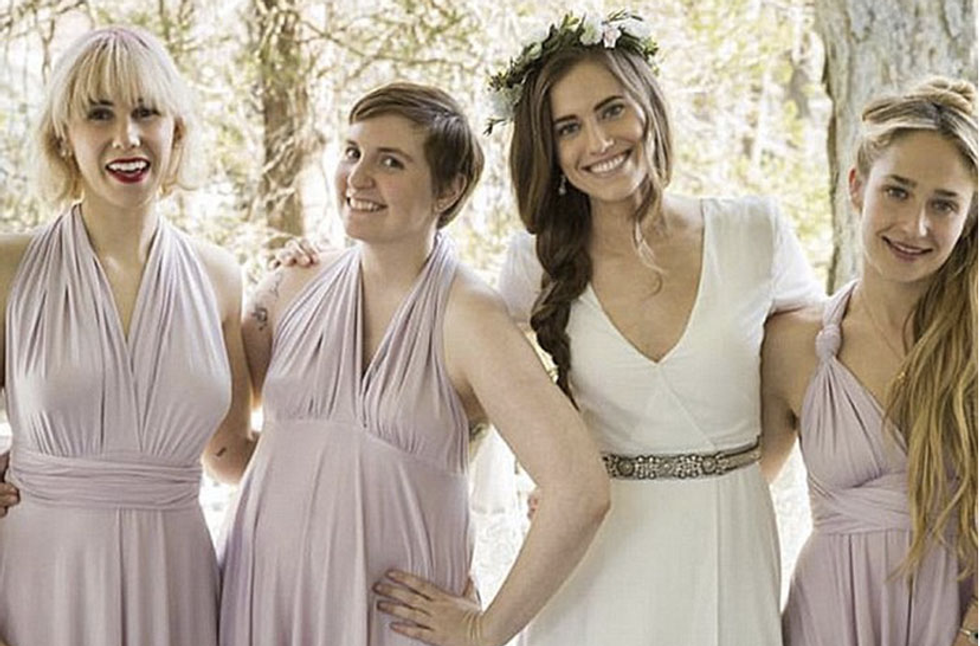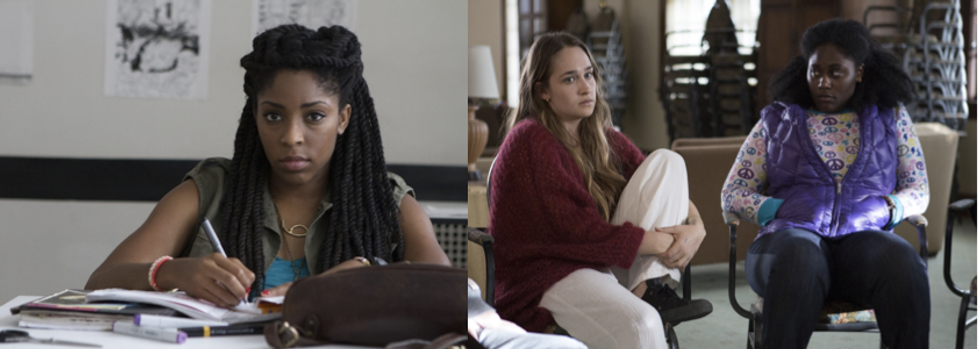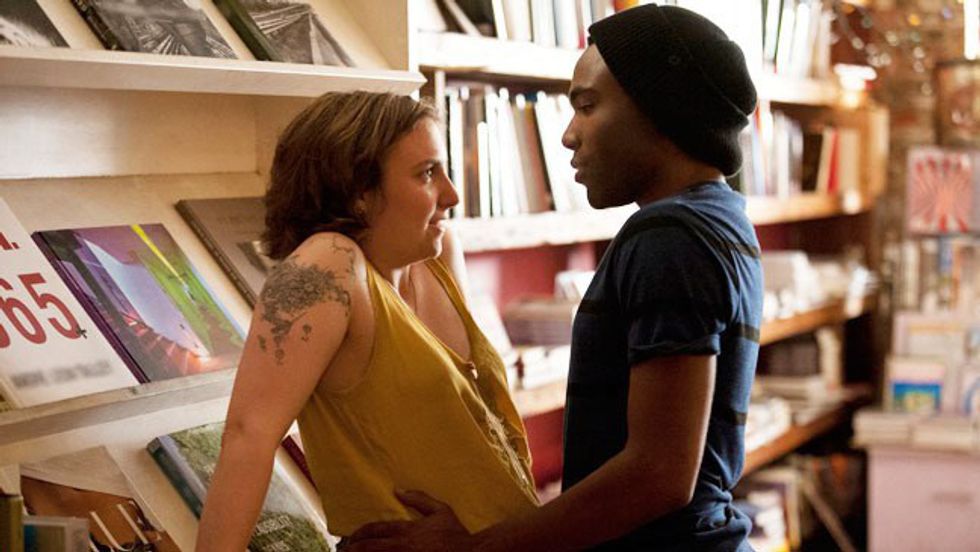As "Girls" returns for its fifth season, I couldn't help but wonder: Where are the black people?
“Girls” is a witty and engaging show; a lot of the experiences the characters go through, references they make, and overall personalities echo people we all know. Along with that, New York City as the backdrop to the show brings in another level of engagement and familiarity. While other shows about 20 year olds in New York centered on the overly rich (“Gossip Girl” and “Sex and the City”), the struggle to find a job and place in the rapidly changing society is portrayed. Lena Dunham is a peer – she is young and carries a perspective on what it means to be a woman in today’s society. This is reflected through her character Hannah, whose humor combined with overall confusion with adulthood and relationships is relatable. However, it’s hard to enjoy the show without noticing the whitewashed version of New York. The themes and attitudes of the show are universal; extending the plot to women of color would not be a stretch, but a matter of casing.
As of now, most of the black female characters are simply used to progress the storyline of the white protagonist. Their presence may be memorable for an episode, but rarely do they stay for more than an episode. The show is more willing to privilege the LGBTQ+ community than to acknowledge the presence of black millennial.
While unknown white actresses have become new characters in the plot, only well profiled black women have served as minor characters for an episode. Danielle Brooks was in an episode to with Jessa at a rehab center, while Jessica Williams served as a peer at Hannah’s new job. Throughout the four seasons, these are the only two women of color who overall contribute little to the plot. This reveals how limited the casting is to give other black actresses a chance compared to their white counterparts.
The only black character that got substantial screen time was Sandy, played by Childish Gambino. In the episode he and Hannah argue about politics and race, challenging Hannah’s seemingly stable liberal ideals. However, the problem with Sandy is that his sole purpose was to introduce race into “Girls.” After this episode, he ceases to exist and “Girls” returns to its all white world.
While most shows feature all white casts, the irony lies in part with Lena Dunham. A feminist and advocate for women’s rights and positive body portrayal, Lena Dunham’s show does little to help with opportunities for all women. Instead, her white washed feminism blinds her to seeing the city around her and noticing her lacking cast.
“Girls” is not the first, or last, show to do this. It seems the norm for most shows centered in New York to not feature characters of color. "Friends,” “Gossip Girl,” “Seinfield,” “Sex and the City” - the list goes on. As Chris Rock said during his Oscar’s monologue, “Black people want opportunities.”























